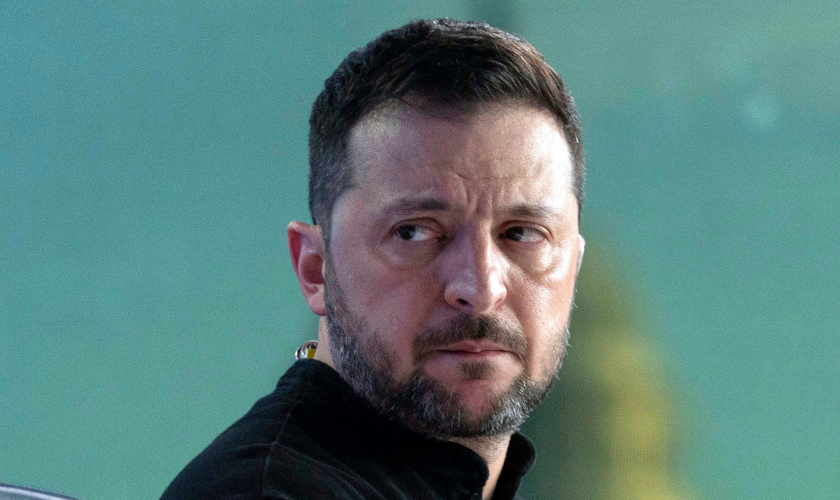Finance Minister Bishnu Paudel, who recently downsized the current fiscal year’s budget through a mid-term review, has stated that its implementation has yielded mixed results.
Presenting the mid-term assessment report to the National Assembly on Sunday, February 9, Paudel cited global supply chain constraints due to geopolitical tensions, failure to meet loan expansion targets, and stagnation in the construction sector as key obstacles to achieving the projected economic growth.
However, Paudel expressed optimism that ample liquidity, low-interest rates, and the government’s economic revitalization efforts would stimulate economic activity in the coming months.
“Continuous efforts to improve the financial management system and the implementation of accounting and reporting standards aligned with international norms have made the country’s financial system more transparent and reliable,” Paudel said.
On Thursday, February 6, the government revised its revenue and expenditure estimates for fiscal year 2024/25, reducing the overall budget from Rs 1.86 trillion to Rs 1.69 trillion—90.99% of the original allocation.
The revised estimates allocate Rs 1.03 trillion for recurrent expenditure and Rs 299.5 billion for capital expenditure, representing 90.24% and 85% of the original allocations, respectively. The budget for financial management was adjusted to Rs 363.9 billion, or 99.09% of the original figure.
The original budget of Rs 1.86 trillion, announced by then Finance Minister Barsha Man Pun at the end of May last year, marked a 6.2% increase over the unrevised budget and a 21.56% rise compared to the previous fiscal year’s revised budget.
The government now expects to finance approximately Rs 1.47 trillion from domestic sources, including revenue and internal debt, supplemented by Rs 36.6 billion from foreign grants and Rs 180.8 billion from foreign loans.
According to government data, total expenditure in the first half of the fiscal year reached Rs 667.6 billion, accounting for 35.89% of the total budget—an increase of 17.66% compared to the same period last year. However, capital expenditure remained sluggish, with only 16.16% of the capital budget utilized, according to the Financial Comptroller General Office (FCGO).
On the revenue side, the government collected Rs 567.39 billion during the same period, achieving 84.33% of the targeted Rs 672.8 billion.
For the second half of the fiscal year, the government projects revenue of Rs 746.49 billion, bringing the revised revenue collection target to around Rs 1.28 trillion—down from the initial target of Rs 1.41 trillion.
In response to resource constraints, the government has decided to freeze 25% of the remaining recurrent expenditure from domestic sources, excluding mandatory obligations.
(With input from RSS)











